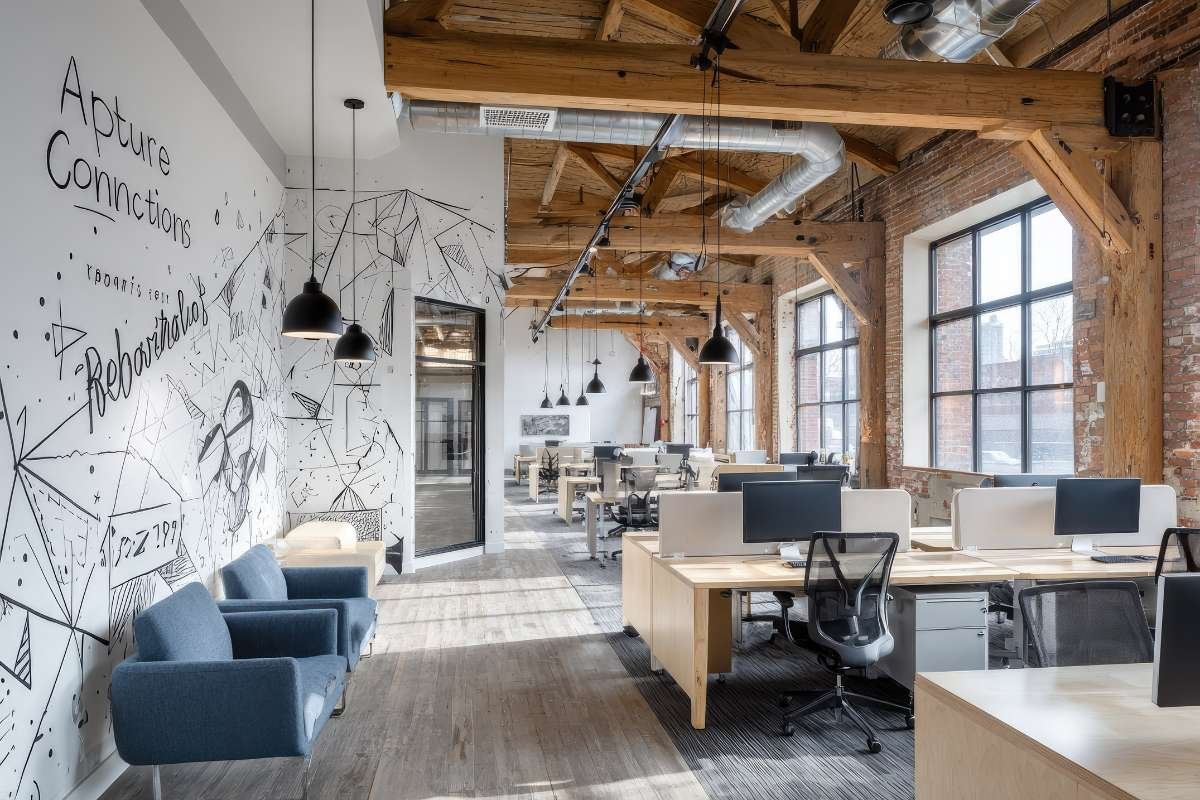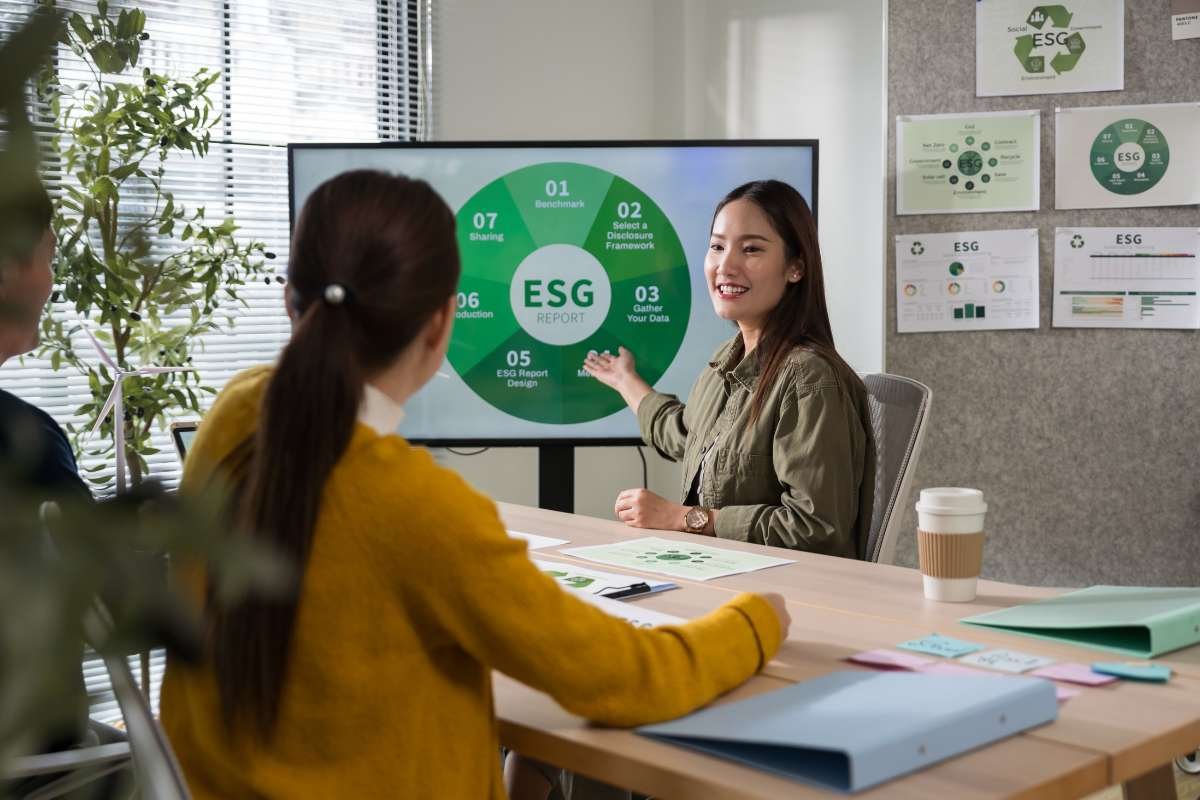Creating a welcoming and functional retail space is essential for any business owner who wants to engage customers and increase sales. A well-planned store not only improves the shopping experience but also showcases the brand’s identity and values. Every detail, from the layout to product placement, is essential. By focusing on effective retail planning, you can turn your store into a destination that attracts and keeps customers.
Retail Space planning might feel challenging at first, but a clear approach can make it easier. A well-designed layout that encourages customers to explore can significantly boost foot traffic and sales.
Let’s learn how to plan your retail space efficiently.
1. Understanding Layouts
The layout of your store is key to managing customer flow and product visibility. There are popular types of retail layouts to consider. The grid layout arranges items in a rectangular pattern, which is great for stores with many products, allowing customers to move around easily.
Another option is the racetrack layout, which guides customers along a specific path. This design helps shoppers engage with different sections of the store and can lead to more impulse purchases. Think about your target customers and the shopping experience you want to create. This will help you choose the right layout.
2. Maximizing Space

Space is often limited in retail stores, so it’s important to use every square foot wisely. Start by evaluating your current layout and identifying areas that are not being fully used, like awkward corners. By improving these areas, you can create more display space or add new products.
Using vertical space can also be helpful. Tall shelves can attract attention and make products easier to see. Think about multi-level displays that showcase different items without taking up extra floor space. Efficient space use not only looks better but also improves the shopping experience.
3. Building Information Modelling
Building Information Modeling (BIM) is a useful tool for branding retail spaces. This technology lets retailers visualize and test their layout in a 3D model before making physical changes. With BIM, you can try different configurations, see how products fit, and predict how customers will use the space.
BIM also helps architects, designers, and construction teams work together, ensuring everyone is aligned. This teamwork can speed up the planning process and help you make faster decisions. As you improve your retail space planning, consider using this technology to boost efficiency.
4. Inventory Placement
Smart product placement can affect customer interest and sales. Group similar items together to make shopping easier. For example, if you sell kitchen appliances, placing cookware nearby can encourage customers to buy both types of items in one visit.
Also, consider how customers move through your store. Place popular items at the back to encourage shoppers to explore and complement them with eye-catching displays to attract customers. Seasonal items should be easy to reach and prominently displayed to catch attention.
5. Creating Ambiance

The atmosphere in a retail space planning is important for customer experience and goes beyond just layout. Lighting, colour, and scent all play key roles. Good lighting can highlight products and make the space feel welcoming. Warm lighting invites customers to stay longer.
Choose colours that match your brand and create the right mood. Bright colours can spark excitement, while softer tones can make the space feel calm. Also, think about using background music that fits your brand to create a consistent shopping experience.
6. Staying Flexible
Being flexible is key to successful retail space planning. Trends and customer tastes change, so it’s important to have a layout that can adapt. Use modular shelving and movable displays that you can easily change based on sales trends or seasonal offers.
Regularly review your sales and customer feedback to identify areas of the store that may need adjustments. This ongoing process helps you keep up with what customers want.
7. Incorporating Technology
Technology is becoming more important in retail planning. Using digital screens can improve product visibility and create memorable experiences for customers. Interactive displays let customers engage directly with products, making the shopping experience more exciting.
Also, think about adding e-commerce features, like QR codes that link to product details or reviews. By planning your layout carefully, optimizing your space, placing products strategically, and using tools like BIM, you can create an effective and engaging retail environment.


















